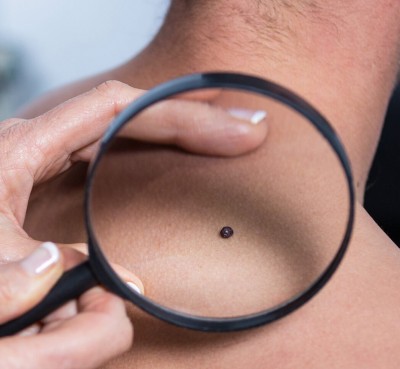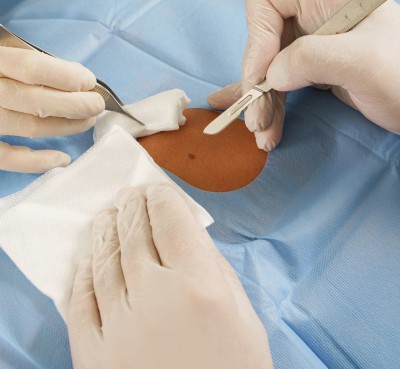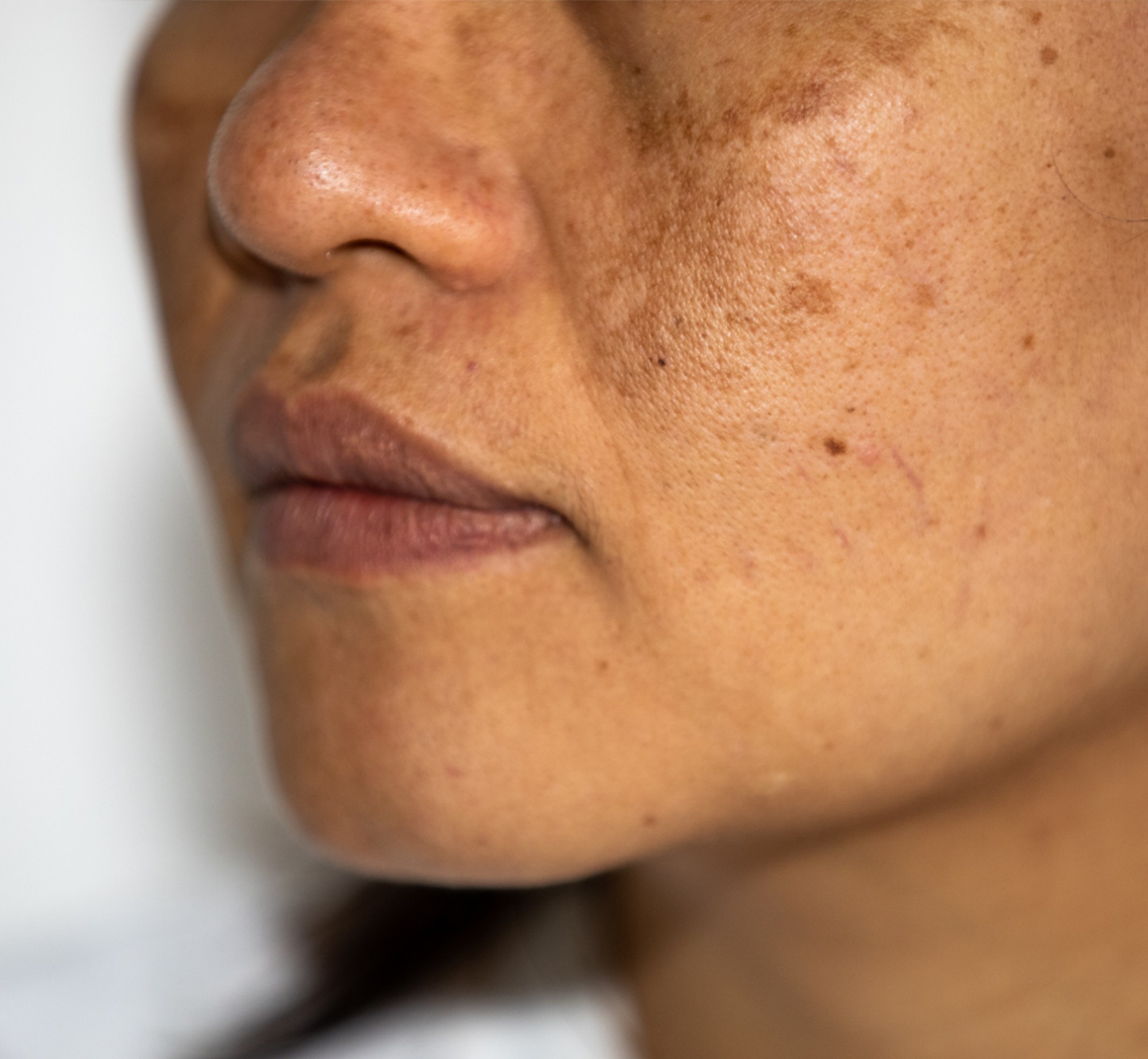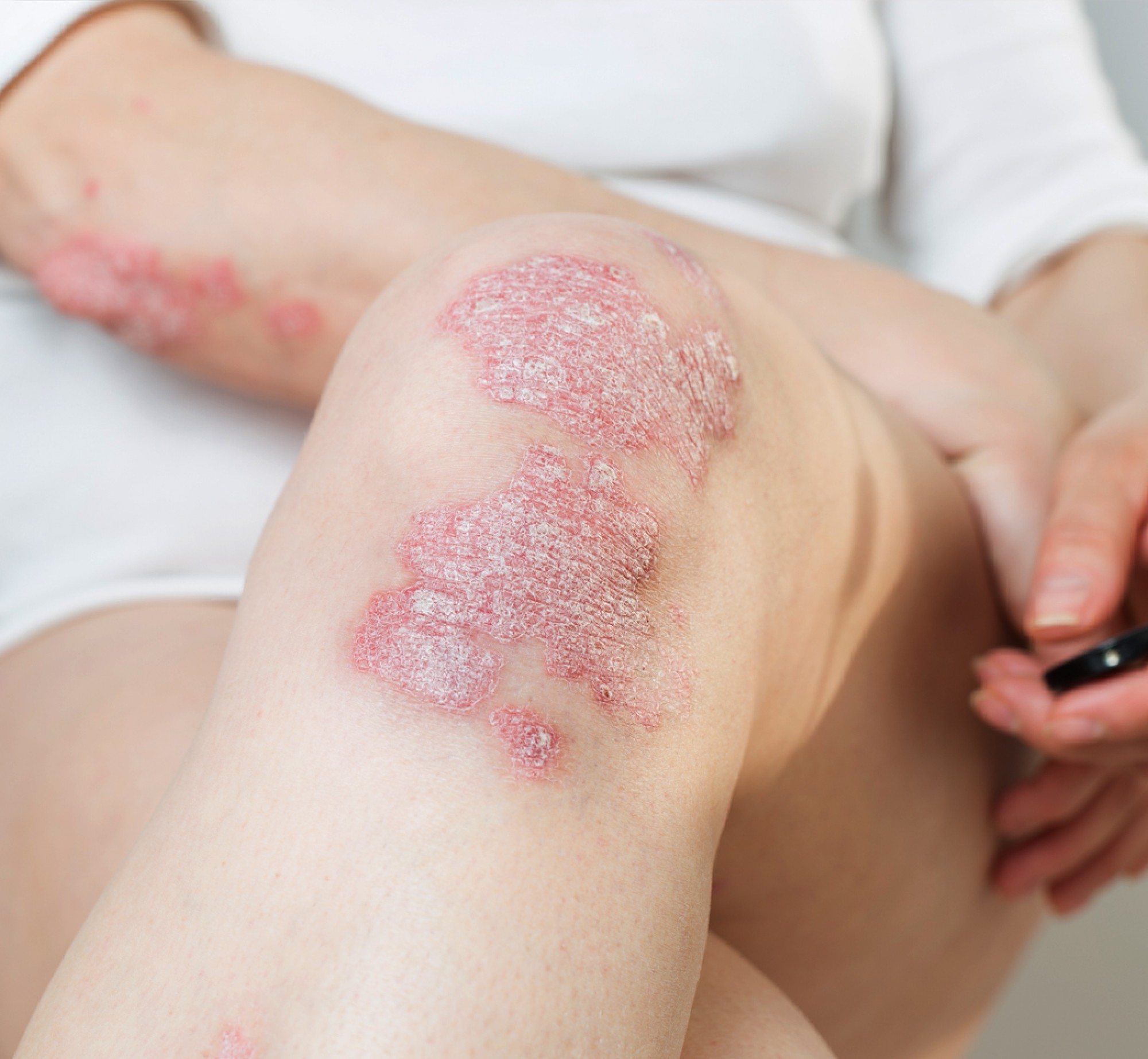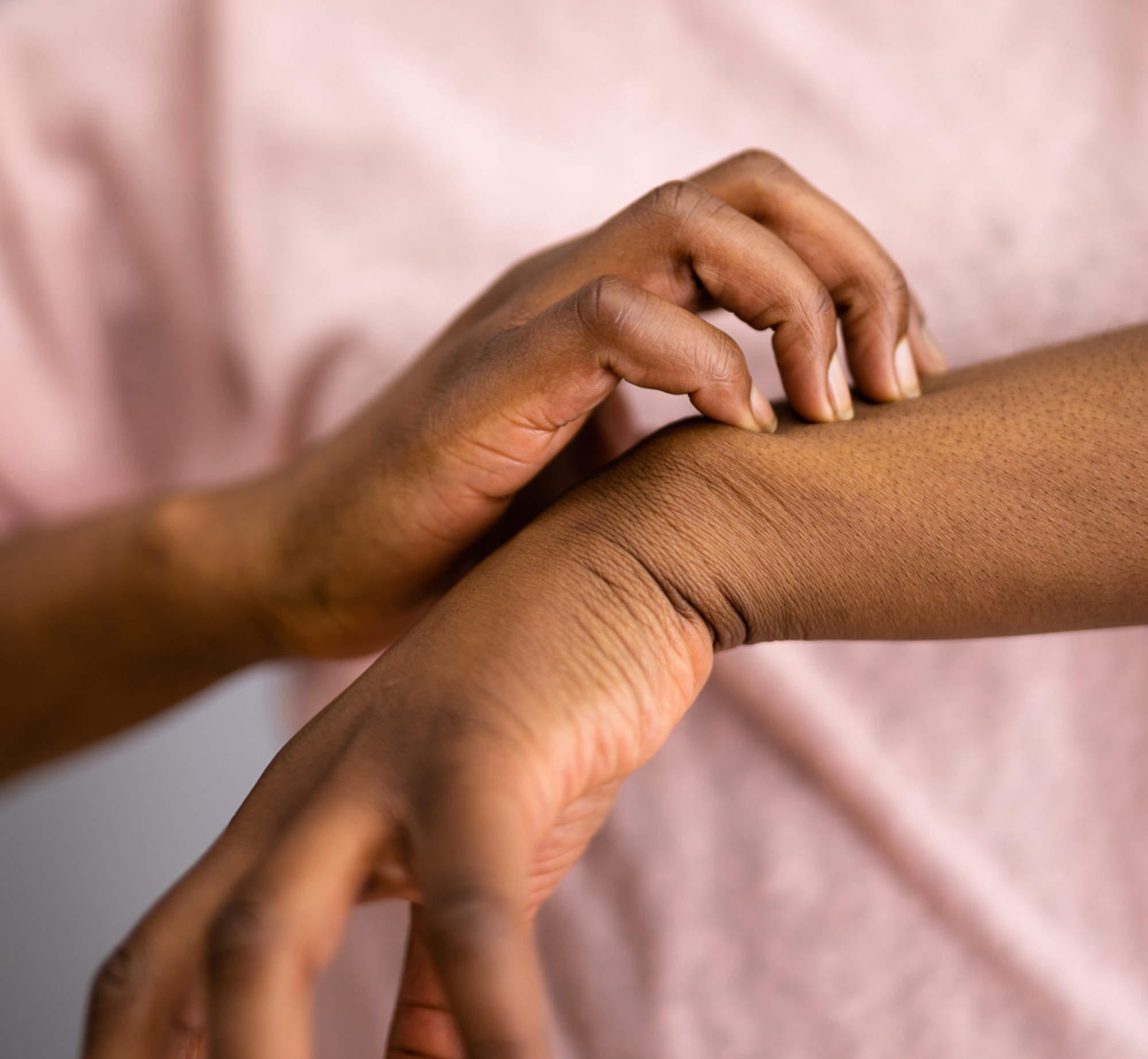
Kevin Brigman - Google Review
I am a new patient at Spring Dermatology and I was always curious about finding a place who handles people of color; and let me tell you Dr. Timani made me feel so comfortable and relaxed during our procedure. We even joked about her having her own reality show. She is definitely my favorite Pimple Popper! Thank you Dr. Tima
PATIENT REVIEWS
Diverse shades of beauty and confidence.
Are you African American, Asian, Hispanic or Latino, Native Indian, Pacific Islander, or from another ethnic background? Finding a dermatologist who truly understands the unique needs of skin of color can be challenging. At Springs Dermatology MD, we specialize in providing personalized, safe, and effective care designed for you.
Specialized Dermatologic Care for Skin of Color
Skin, hair, and nail conditions often present differently in diverse skin tones, requiring a personalized and specialized approach. At Springs Dermatology MD, our highly trained team understands the unique characteristics and needs of skin of color, including a higher risk of pigmentary disorders and specific treatment considerations.
Whether you're dealing with hair loss, pigmentation concerns, or other skin conditions, we provide advanced, culturally competent care designed to be safe, effective, and tailored to you. By addressing these nuances, we enhance patient satisfaction, promote healthcare equity, and ensure the best possible outcomes for every patient we serve.
Cutting-Edge Treatments, For Ethnically Diverse Skin
Gone are the days of limited options for darker skin tones. At Springs Dermatology MD, we’re proud to offer research-driven, advanced treatments tailored for patients with skin of color. Our innovative, customizable solutions safely and effectively address a wide range of concerns, delivering exceptional cosmetic results designed just for you.
Skin of color, which includes individuals of African, Hispanic, Asian, Middle Eastern, and Indigenous descent, has unique biological, structural, and functional differences that influence how skin conditions present and respond to treatment. Dermatologists must consider these variations to provide optimal care, as skin conditions in darker skin tones often manifest differently, carry a higher risk of pigmentary changes, and require tailored treatment approaches.
Specialized Hair Restoration
In addition to our dermatology expertise, our dedicated hair restoration practice—Springs Hair Restoration—offers specialized care for hair loss in skin of color. Our team provides personalized solutions to address the unique challenges of diverse hair types, delivering the most effective and natural-looking results.
We understand that your skin and hair tell a unique story—and we’re here to help you write the next chapter- Contact us today.
Unique Characteristics of Skin of Color
Increased Melanin Content Melanin
This pigment determines skin color and is more abundant in darker skin tones. While melanin provides some natural protection against UV radiation, it also makes skin more prone to post-inflammatory hyperpigmentation (PIH) and hypopigmentation following trauma, inflammation, or certain treatments.
Thicker and More Compact Epidermis
Results in a stronger skin barrier, which can reduce transepidermal water loss but may also impact the absorption of topical treatments.
Increased Fibroblast Activity
Darker skin is more prone to hypertrophic scars and keloids due to a heightened wound-healing response.
Higher Sebum Production
Some skin of color patients have a greater tendency toward acne, seborrheic dermatitis, and oily skin conditions.
How Skin Conditions Present in Skin of Color
Acne and Post-Inflammatory Hyperpigmentation (PIH)
In skin of color, acne is often associated with dark spots and discoloration (PIH), which can persist long after the acne has cleared.
Treatment Considerations:
• Use gentle, non-irritating treatments to avoid worsening PIH.
• Topical retinoids (e.g., tretinoin, adapalene) help with acne and PIH but should be introduced slowly to minimize irritation.
• Hydroquinone, azelaic acid, niacinamide, or cysteamine can be used to lighten dark spots.
Eczema (Atopic Dermatitis)
In skin of color, eczema often appears as gray, purple, or dark brown patches instead of the typical red appearance seen in lighter skin. Lichenification (thickening of the skin) is more common due to chronic scratching.
Treatment Considerations:
• Moisturization is crucial as darker skin has a higher tendency toward dryness.
• Avoid overuse of topical steroids, as they can cause hypopigmentation.
Psoriasis
In skin of color, psoriasis lesions may appear dark brown, violet, or hyperpigmented, making it harder to diagnose. Scaling may be less prominent, leading to misdiagnosis as eczema or another inflammatory condition.
Treatment Considerations:
• Phototherapy (Narrowband UVB) is effective but requires careful dosing to avoid hypopigmentation.
• Topical treatments like vitamin D analogs and corticosteroids should be used cautiously to prevent pigmentary changes.
Vitiligo and Hypopigmentation Disorders
Loss of pigment in darker skin is highly noticeable and can be psychologically distressing for patients. Vitiligo in skin of color requires careful treatment to either repigment or depigment the skin uniformly.
Treatment Considerations:
• Narrowband UVB phototherapy and topical corticosteroids can help restore pigment.
• Micropigmentation (tattooing) may be an option for stable cases.
Keloids and Hypertrophic Scars
More common in individuals with darker skin due to an overactive wound-healing response.
Treatment Considerations:
• Intralesional corticosteroid injections (e.g., triamcinolone) can help flatten keloids.
• Laser therapy must be used cautiously, as some lasers can worsen pigmentation.
• Silicone gel sheets and pressure therapy can prevent keloid formation after surgery.
• Cryotherapy
• Intralesional Efudex
• Excisions (surgical removal)
Melasma and Hyperpigmentation Disorders
More prevalent in skin of color due to higher melanin activity, it is often triggered by hormones, sun exposure, or inflammation.
Treatment Considerations:
• Sun protection (broad-spectrum SPF 30+ with physical blockers like zinc oxide and also protection from visible light) is essential.
• Combination therapy works best (e.g., hydroquinone + tretinoin + corticosteroids).
• Laser and chemical peels must be used cautiously to prevent worsening hyperpigmentation.
Tinea Versicolor and Fungal Infections
Common in skin of color, often presenting with hypopigmented or hyperpigmented patches instead of the classic red rash seen in lighter skin.
Treatment Considerations:
• Topical antifungals (ketoconazole, selenium sulfide) are first-line treatments.
• Oral antifungals (fluconazole, itraconazole) may be needed for extensive cases.
Hair and Scalp Disorders
Cicatricial Alopecia, Traction Alopecia, Central Centrifugal Cicatricial Alopecia (CCCA), all are common in Black patients due to tight hairstyles, heat, and chemical processing.
Treatment Considerations:
• Topical or intralesional corticosteroids can reduce inflammation in cicatricial alopecia.
• Minoxidil (Rogaine) helps with regrowth.
• Avoiding harsh styling practices is key to prevention.
Procedures and Special Considerations
Laser Therapy
Some lasers can cause hypopigmentation or hyperpigmentation in darker skin.
Safe Options:
• Nd:YAG laser (1064 nm) for hair removal and pigmentation disorders.
• Fractional lasers with lower energy settings to minimize risk.
Chemical Peels
Superficial peels (glycolic acid, salicylic acid, mandelic acid) are safer for skin of color. Avoid deep peels (phenol, high-concentration TCA) due to risk of scarring and dyspigmentation.
Microneedling
Effective for acne scars and hyperpigmentation in darker skin with lower risk of post-inflammatory pigmentation.
Cultural and Psychological Considerations
For many patients with skin of color, pigmentary concerns are often more significant than the underlying skin condition itself. Understanding this priority helps guide more effective and personalized treatment approaches.
Cultural practices, including the use of herbal remedies and cosmetic treatments, should be openly discussed to prevent potential interactions with medical therapies. Patients deserve care that respects their traditions while ensuring safety and efficacy.
Additionally, hair and scalp care routines play a crucial role in dermatologic treatment plans. Considering these factors helps create solutions that fit seamlessly into a patient’s lifestyle, leading to better adherence and outcomes.
Book Your Dermatology Visit in Sandy Springs
Looking for a dermatologist who truly understands your unique skin needs? Call (470) 769-9400 to book your consultation!
Springs Dermatology MD, located in Sandy Springs, is conveniently accessible to patients from Atlanta, Dunwoody, Roswell, Brookhaven, Marietta, Alpharetta, and across the Metro Atlanta area.
Johns Creek Dermatology is our second office located in Johs Creek, North Altana.
Kevin Brigman - Google Review
I am a new patient at Spring Dermatology and I was always curious about finding a place who handles people of color; and let me tell you Dr. Timani made me feel so comfortable and relaxed during our procedure. We even joked about her having her own reality show. She is definitely my favorite Pimple Popper! Thank you Dr. Tima
PATIENT REVIEWS







